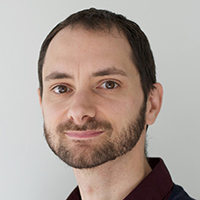Session 6: Trinity: A Tower Overcoming the Void

Yoann Galle
Engineer
Setec TPI, Paris
In a more and more dense urban space, the available ground space for new constructions is increasingly limited. More often, ground space is freed up for human activities but not for the cumbersome structures of tall buildings. La Défense business district in Paris is undergoing a full transformation and is facing this problem. A simple and atypical solution was found for the Trinity tower—to build over the void, more precisely over the A14 motorway linking Paris to Normandy.
The operation combines both urban development and the construction of a human-scale tall building. The design of this tower is the result of close collaboration between architectural and structural disciplines. This presentation shows the particularities of the tower: a 140-meter-high tower resting on a road tunnel. The foundations of this tower, totaling 70,000 ton weight, were realized underway of road traffic. They consist in 850 micropiles of 250 millimeters diameter and about fifteen meters in length. The roadway cover was designed as a major civil engineering structure, however with the exceptional load of a tall building. Its fire resistance has been studied in detail to ensure, in the most severe cases, the construction's stability.
The specific conditions of the Trinity Tower site have led to the main design principles of vertical continuity of grid structures according to the road layout, light weight of the building framework, load spreading, fire resistance in tunnel. These constraints have been overcome using modern and responsive tools: BIM and structural optimization software.
